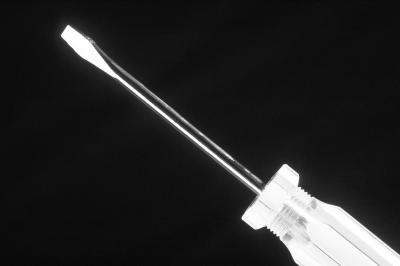
Installing a new thermostat housing on a 2000 Daewoo Lanos is necessary if the thermostat was removed from the engine but never replaced. The thermostat is a small device that controls the flow of engine coolant into the engine of your Daewoo Lanos. Without the housing in place, a thermostat cannot be fitted to the engine block, which means coolant will circulate around the engine from the moment it is started. This can keep your Lanos from warming up properly, which can decrease fuel economy and keep your car's interior heating and climate control system from blowing warm air through the vents.
Remove the upper radiator hose. This hose connects the radiator on one side to the engine on the other. Use a screwdriver to loosen and remove the clamp that secures the upper radiator hose to the engine block. When loose, pull the hose off the engine. Coolant held in the radiator hose may leak out so have a drain pan in place to keep coolant from getting on the ground.
Loosen the thermostat housing. Use a ratchet and socket set to remove the bolts that hold the thermostat housing in place. The housing is located underneath the part of the engine that was covered by the upper radiator hose. If the thermostat housing is missing from your Daewoo Lanos, advance to Step 3.
Replace the thermostat. If there is no thermostat present in the engine, you must insert a new one. If the thermostat is faulty, you must replace it. With the housing removed, pull the old thermostat out and replace it with a new one. Make sure to orient the new thermostat in the same direction as the one that was removed.
Insert a new gasket onto the thermostat housing. Make sure the gasket lines up with the bolt holes on the thermostat housing.
Fit the new thermostat housing by lining it up with the bolt holes located on the engine. Thread the bolts into place by hand and tighten them using the ratchet and socket.
Reattach the upper radiator hose. Place the upper radiator hose back over the thermostat housing. Secure the radiator hose using the clamp removed in Step 1. If the clamp was damaged during removal, use a new one.
Top off the coolant. If coolant leaked out while removing the upper radiator hose, top off the coolant tank using the coolant collected in the drain pan.